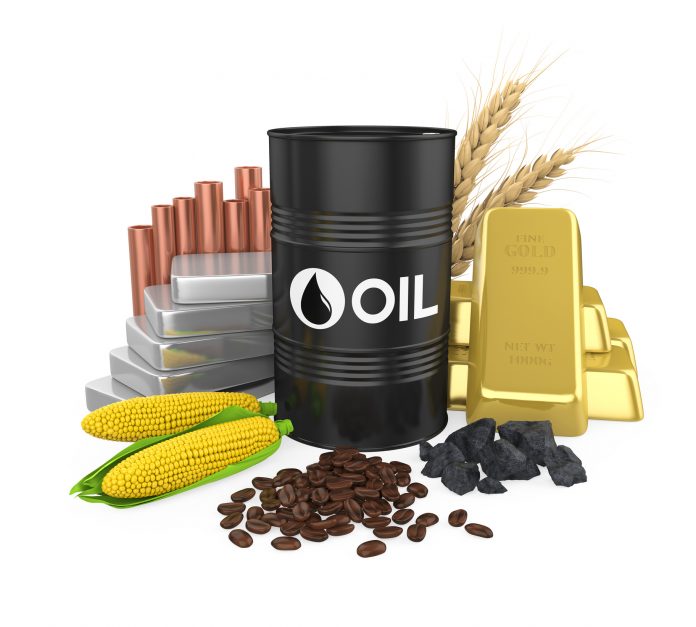Despite prices falling back to levels seen before Russia’s invasion of Ukraine, crude oil remains volatile due to ongoing uncertain market fundamentals. The G7 leaders proposed a price cap on Russian oil with a view to keeping down Russian oil revenue. A possible decline in non-OPEC supply and Europe’s ongoing energy crisis continues to keep prices volatile.
he group of seven nations – the US, Japan, Germany, Britain, France, Italy, and Canada – and the European Union are working to set a price cap on Russian oil. The expected price range would be about USD 40-60 a barrel. This is to limit Russia’s ability to fund its military action on Ukraine. This unprecedented measure, set to begin on December 5, will cut Russia’s oil revenue without reducing its exports to the global market.
The group also wants to enlist India and China, but it is highly unlikely as both countries have been snapping up Russian oil at highly discounted rates. After the west’s Russian oil embargo, Russia maintains its oil revenue through increased sales to India and China.
However, a cap on prices could help to force down global oil prices in the long term but might see extreme volatility in the coming months.
Russia stated that they will take retaliatory measures against countries that enforce the cap. They may withhold shipments of oil to those countries or use some other creative ways to punish the participating countries.
Meanwhile, as per the latest OPEC monthly report, the producers’ cartel foresees robust demand growth for oil for the current year and 2023. This is due to signs of a better-than-expected recovery of major economies despite the headwinds like surging inflation. High energy prices and a breakout of Covid in China had put a lid on global oil consumption since the first half of the year.
Conversely, the International Energy Agency expects a lower price target for crude oil in the fourth quarter of the year. The agency anticipates a shortfall in demand owing to the ongoing economic slowdown and modest China demand.
However, the OPEC plus counties, which include Russia have been ramping up oil outputs since the start of this year. The producers’ cartel earlier brought down production drastically as the pandemic slashed demand.
The European Union is struggling to bring its energy crisis under control. Russia has been curtailing gas exports to the European Union to press them to lift the sanctions. Higher gas prices cause a widespread switch from gas to oil for heating purposes.
In March, the benchmark NYMEX crude prices hit a 14-year high of USD 130 when Russia started the military operation in Ukraine. The west’s threat of the Russian oil embargo spooked the global energy markets as the country plays an outsized role in the global energy market. However, it lost momentum later as Russia started to gradually increase its oil production after sanctions-related curbs.
Looking ahead, prices continue to be volatile, possibly inside $122-68 a barrel in the near term. The European energy crisis, the ban on Russian oil, and the production levels of the US and OPEC plus countries remain hot topics. However, traders are possibly more cautious due to the ongoing uncertain fundamentals.
First published in Economic Times









